|
Roast beef and roast duck, stuffings x three and vegetables x lots..
Galantine sauce (red) - juice from the roast beef, claret, red wine vinegar, herbs, spices, onions, garlic, breadcrumbs.
Sauce for the duck (top) - juices from the roast, white wine, onions, garlic and apricots. Syllabub made with whipped cream, brandy, fruit preserved in brandy and a touch of fruit syrup. Syllabub with roast meat is an Elizabethan and Jacobean tradition but proved very popular today.
0 Comments
My starter for Christmas dinner 2012. The fruit is anointed with raspberry vinegar and ginger, topped with fresh coriander.
Wash your tatties and cut into orange segments. Do not peel them as the skin is full of nutritious goodness.
Put them in a bowl and slather them with dark soy sauce. Leave them for a while, stirring occasionally. Place them on a baking tray, skin down, with shallots and garlic cloves - they need a bit of olive oil. Roast until they are nicely cooked. They will be brown and crisp with fluffy interiors - a bit like me. I have prepped the duck, stuffed it and trussed it. It is now roasting very slowly on a bed of onion, garlic and white wine in an earthenware crock.
I am cooking a regal-repast for Christmas with foods drawn from across the world and through time.
Starter Lord Protector Prawns with mango and fresh raspberries, flavoured with raspberry vinegar, ginger and fresh coriander leaves Main Roast duck stuffed with apricot and orange, served with apricot brandy syllabub. Roast beef served with a galantine sauce - see earlier blog entry for recipe. Pork, fruit & herb stuffing. Fat-free roast potatoes - roasted with dark soy sauce. Roast carrots, garlic & shallots Steamed string beans & broccoli. Pudding Pears poached with wine and vanilla pods. Dark chocolate truffle torte. Stilton, Wensleydale & fruit. Espresso & liqueur coffees Last but not least - wafer thin mints. Bon appetit! Drinking chocolate was being enjoyed in Oxford in 1652. The invasion of Jamaica by England opened up the supply of cocoa beans. The craze for drinking chocolate really took off in the Restoration and Sam Pepys was a devotee.
It is really easy to make C17th drinking chocolate. Buy a bottle of gluwein or mulled wine. Warm it up and add good quality, high % dark chocolate. Stir until the chocolate has melted and become one with the spiced wine. Serve with a good book to an intelligent lady and your consideration will be appreciated. To make Chaculato
Take half a Pint of Claret Wine, boil it a little, then scrape some Chaculato very fine and put into it, and the Yolks of two eggs, stir them until well together, and sweeten it with sugar according to your taste. Hannah Woolley, 1670 This chocolate recipe is from 'Curioso tratado de la naturaleza y calidad del chocolate' by Antonio Colmenero de Ledesma in 1631.
"Chocolate is healthy. It makes the drinker 'Fat, and Corpulent, faire and Aimiable'. It was an aphrodisiac. In women it caused fertility but eased delivery, etc., etc." The ingredients in the recipe were: "Take one hundred cocoa beans, two chillies, a handful of anise seed and two of vanilla (two pulverized Alexandria roses can be substituted), two drams of cinnamon, one dozen almonds and the same amount of hazelnuts, half a pound of white sugar and enough annatto to give some color. And there you have the king of chocolates." Marchpane was the Tudor and Jacobean forerunner of marzipan. Talented cooks used it to construct edible decorations such as flowers, jewelry and even model buildings. Queen Elizabeth was delighted when she had a marchpane model of old St Paul's Cathedral brought before her.
This recipe is from 'The Accomplisht Cook' by Robert May, first published in 1660. To Make a Marchpane Take two pound of almonds blanched and beaten in a stone mortar, till they begin to come to a fine paste, then take a pound of sifted sugar put it in the mortar with the almonds, and make it into a perfect paste, putting to it now and then in the beating of it a spoonfull of rose-water to keep it from oyling; when you have beaten it to a puff-paste, drive it out as big as a charger, and set an edge about it as you do a quodling tart, and the bottom of wafers under it, thus bake it in an oven or baking-pan; when you see it white, and hard, and dry, take it out, and ice it with rosewater and suger, being made as thick as butter for fritters, so spread it on with a wing feather, and put it into the oven again; when you see it rise high, then take it out and garnish it with come pretty conceits made of the same stuff. Ingredients: 350g ground almonds 3 tbsp rose water 175g icing sugar 4 wafers of rice paper For the Glaze grated rind of ½ lemon 1 tbsp rosewater 1 tbsp icing sugar 1 tbsp rice flour Gold leaf or candied peel to decorate Method: Place the ground almonds in a pestle and mortar and grind them until they form an uniform paste. Add a tablespoon of rose water to this and mix in. Now add the sugar a little at a time using the pestle or a wooden spoon to mix into the almond paste. When about half the sugar has been added mix in the remaining rose water and start adding the remainder of the sugar, mixing all the while (be careful not to mix to vigourously though as, despite the addition of rosewater the mixture has a tendency to become oily. When you have created your marchpane cover a large surface with caster sugar, tip the marchpane onto this and roll out to about 7mm deep. Cut this into large squares (about 10cm a side). Once you have your squares line the base of a 20cm loose-bottomed cake tin with the rice papers and arrange the squares you've just cut in a fan-like pattern around the inside of the tin so that the entire base is covered. Use any remaining marchpane to cover holes then smooth the whole thing down with the back of a spatula. Remove the marchpane from the tin and slide onto a greased baking tray. If you want you can embed little coloured comfits in the top of the marchpane to create patterns at this stage. Once done, mix together the ingredients of your glaze and brush this over the top of the marchpane. Bake in an oven pre-heated to 170°C for about 30 minutes until the marchpane becomes quite firm. Decorate with candied peel and serve. Once you have created a basic marchpane you can be a lot more adventurous. If you have a sculptural bent try modelling the marchpane into weird and wonderful shapes before baking. Even if you're not particularly artistic why not make three different marchpanes using different food colourings. You can then cut patterns in these and place them together to create a colourful shape before baking. Here are some of your excellent suggestions of topics for my history show on the radio. Please keep them coming and I shall cover them all in due course.
• The Battle of Britain • Twelfth Night customs • The Roman Emperors of York • Grass-roots political activism during the industrial revolution • Failure • The Scottish Enlightenment • Mercia vs Northumbria in C7th • Historical cooking Please add your suggestions by commenting on this blog or by tweeting me. |
Archives
January 2017
Categories
All
|
Copyright for all images and text on this website is owned by Matthew Ward Hunter and Gill Fraser Lee, @HistoryNeedsYou unless stated otherwise. Images and content may not be used elsewhere without permission.

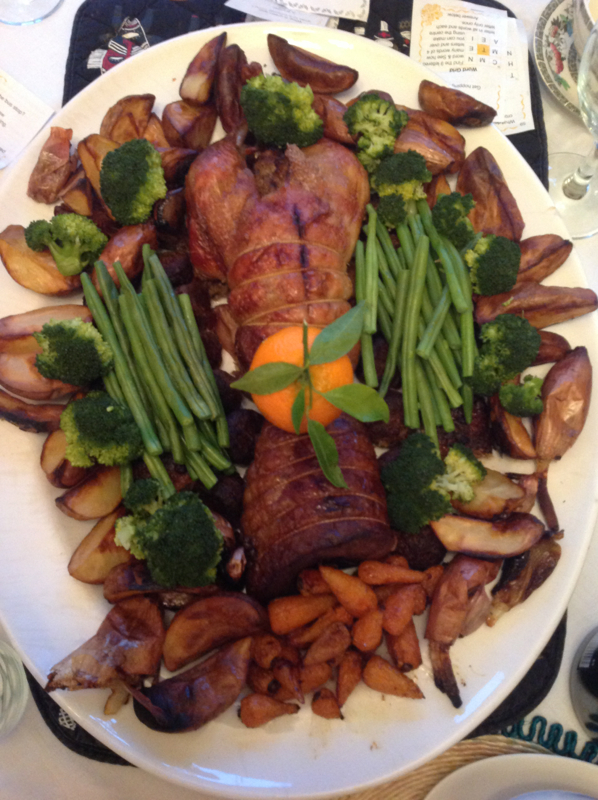
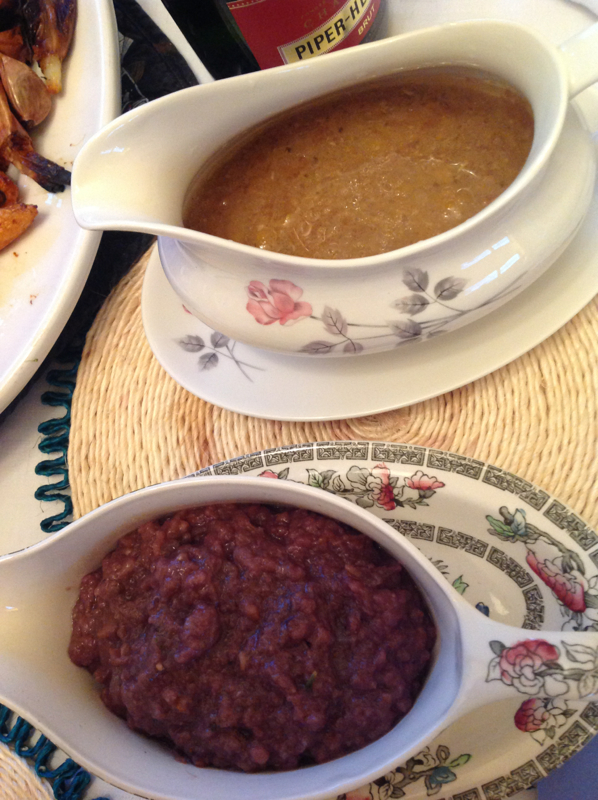
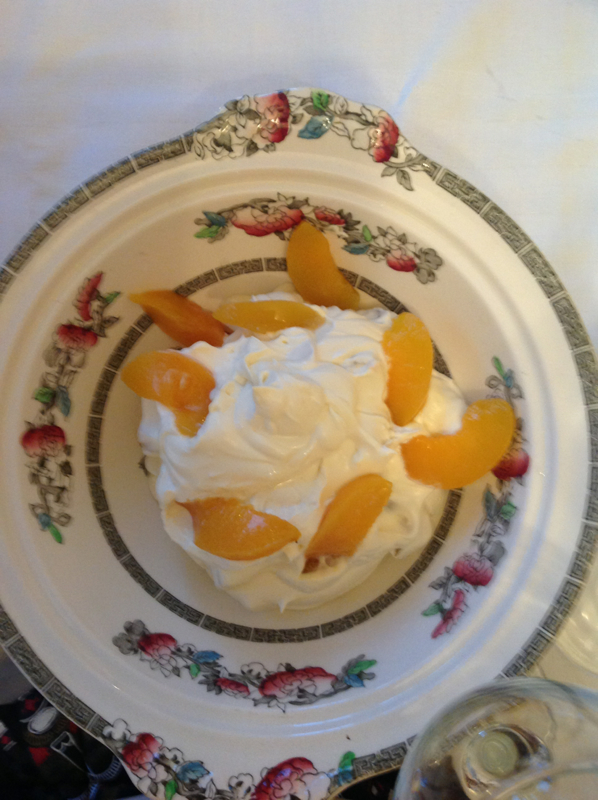
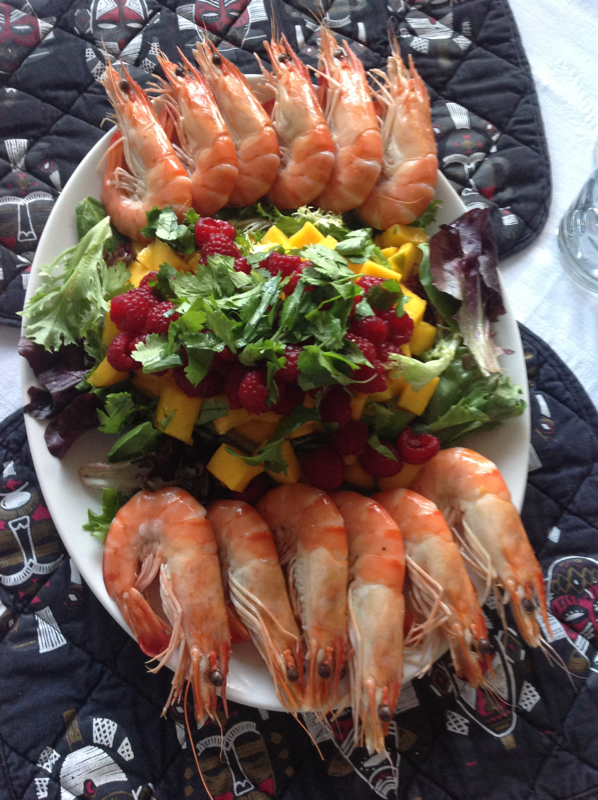
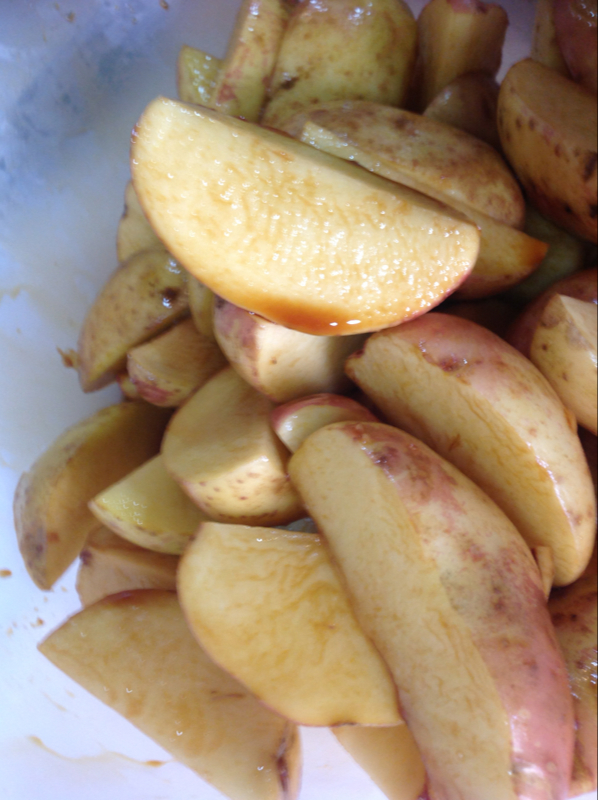
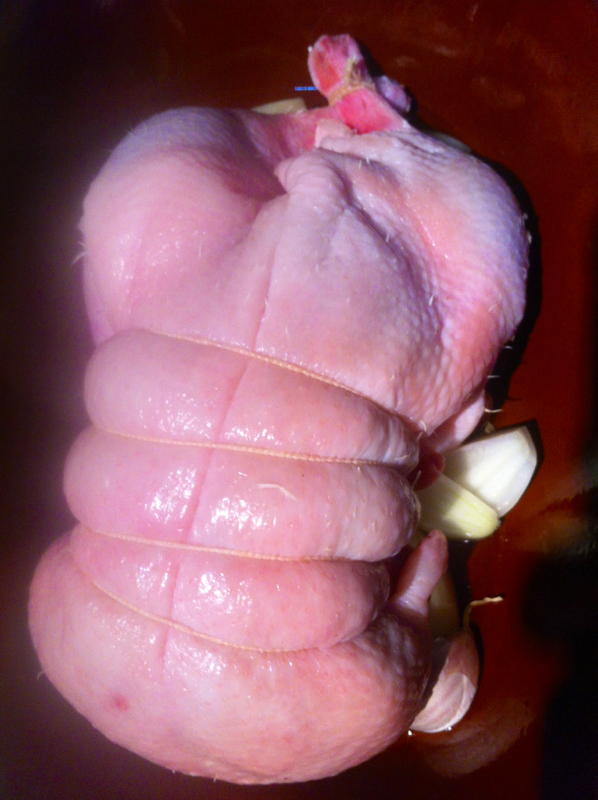
 RSS Feed
RSS Feed